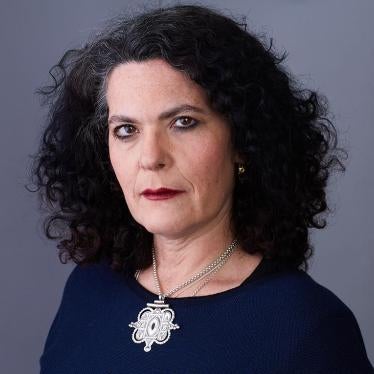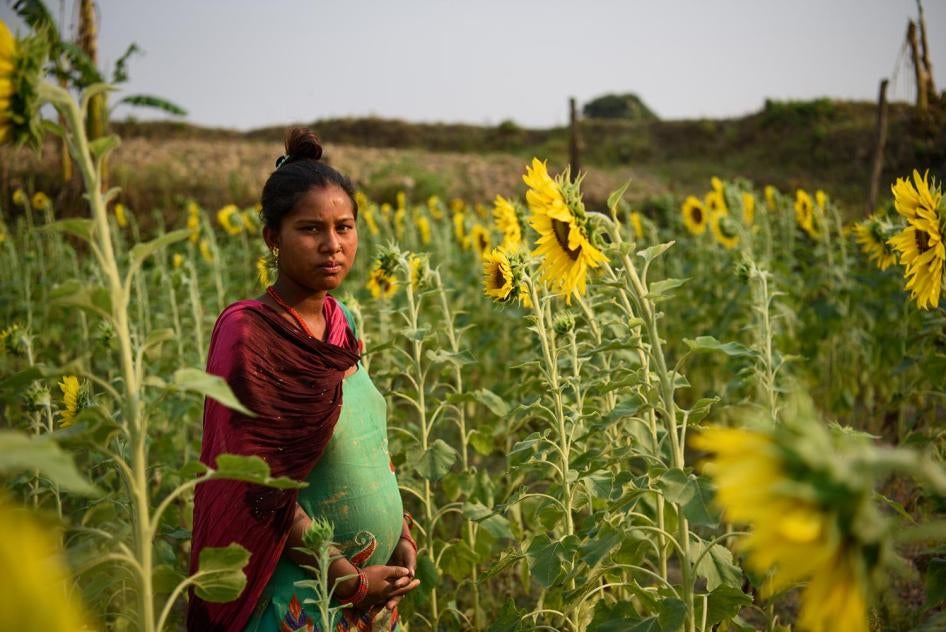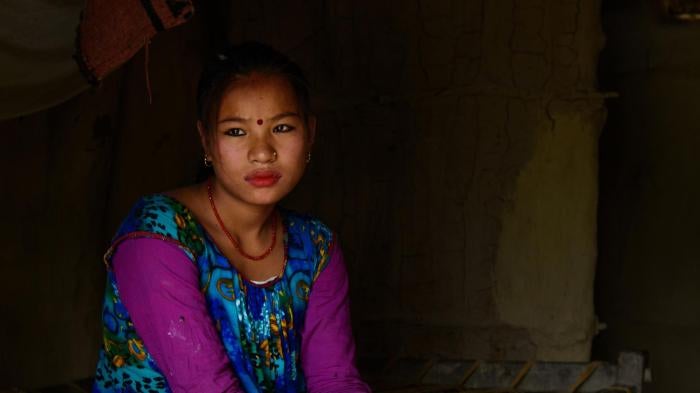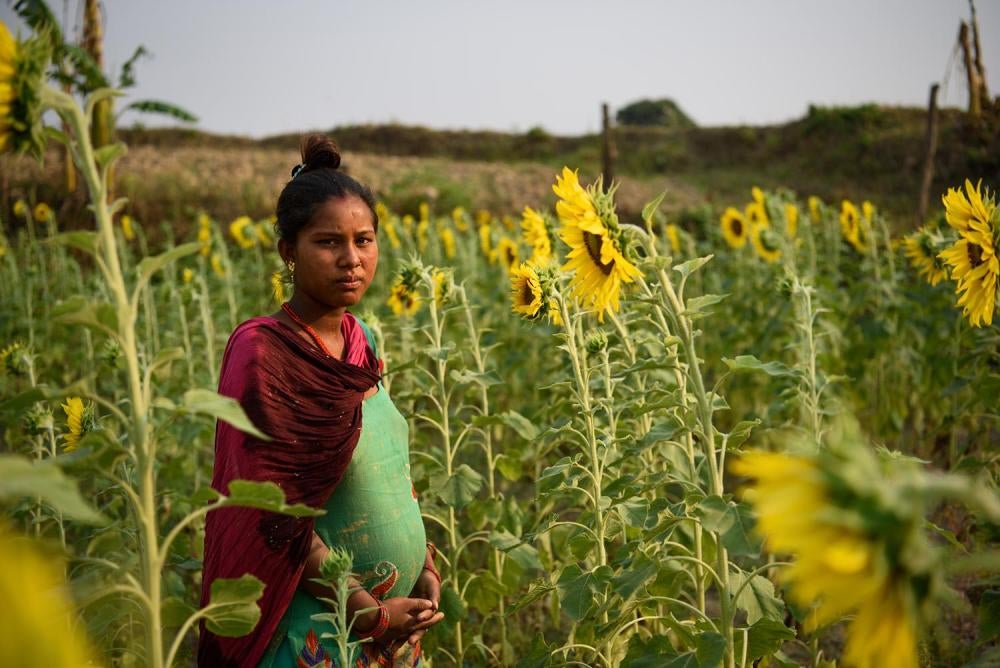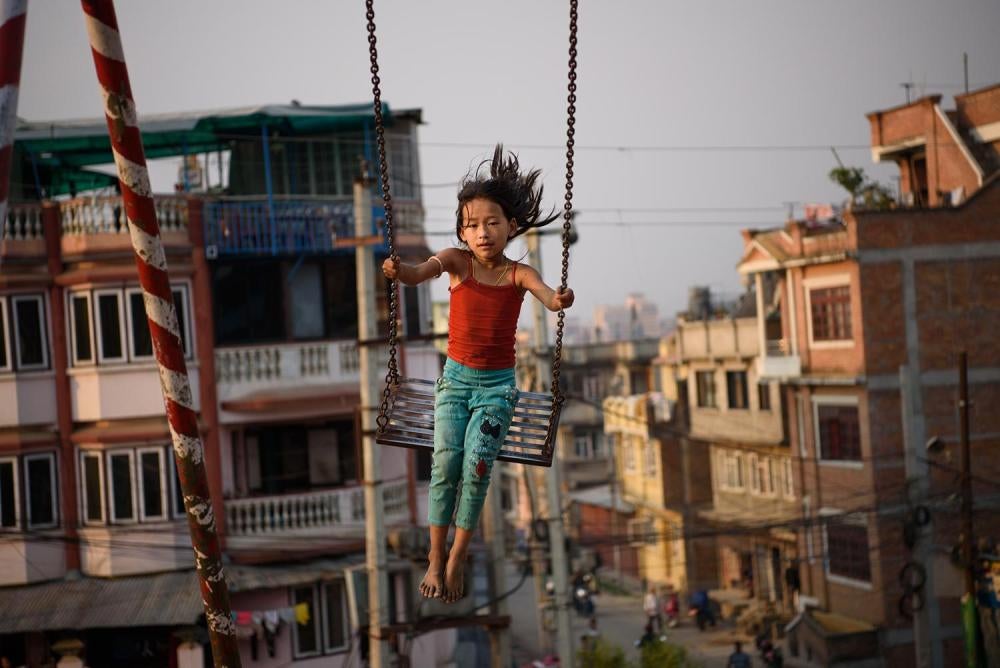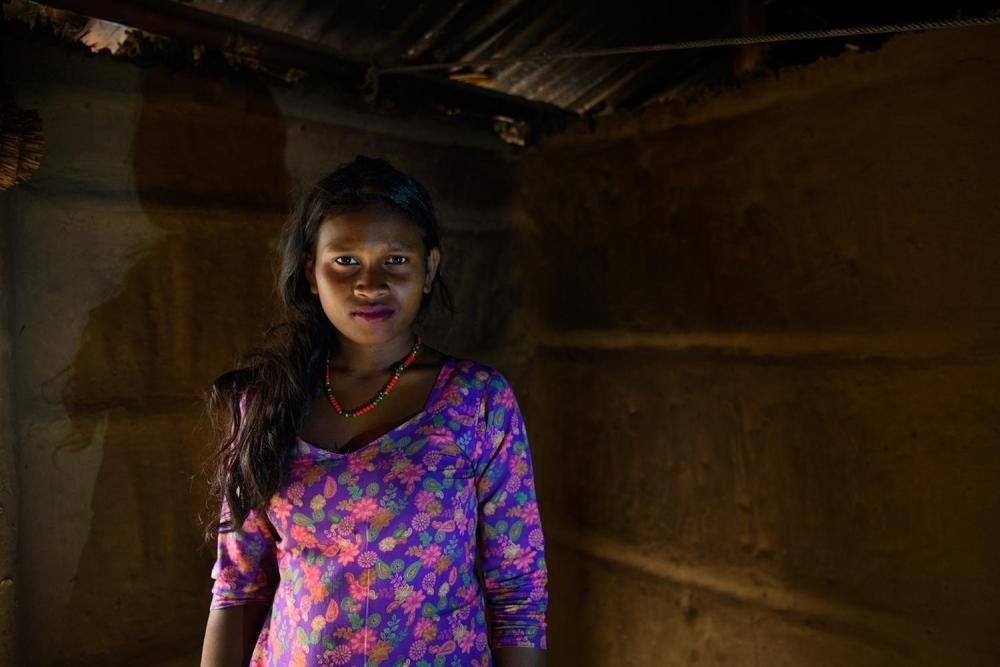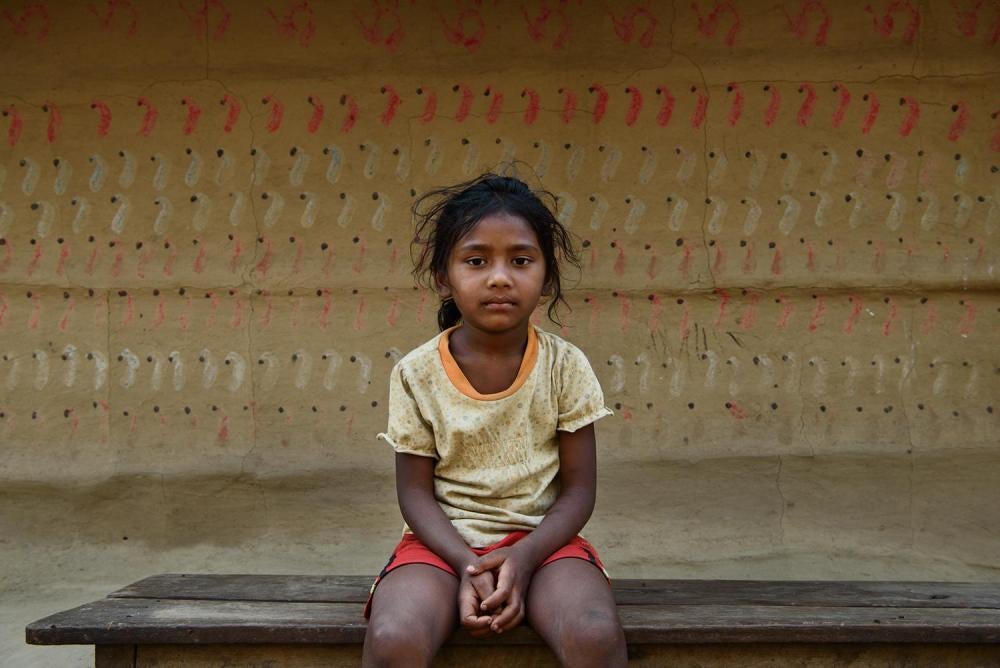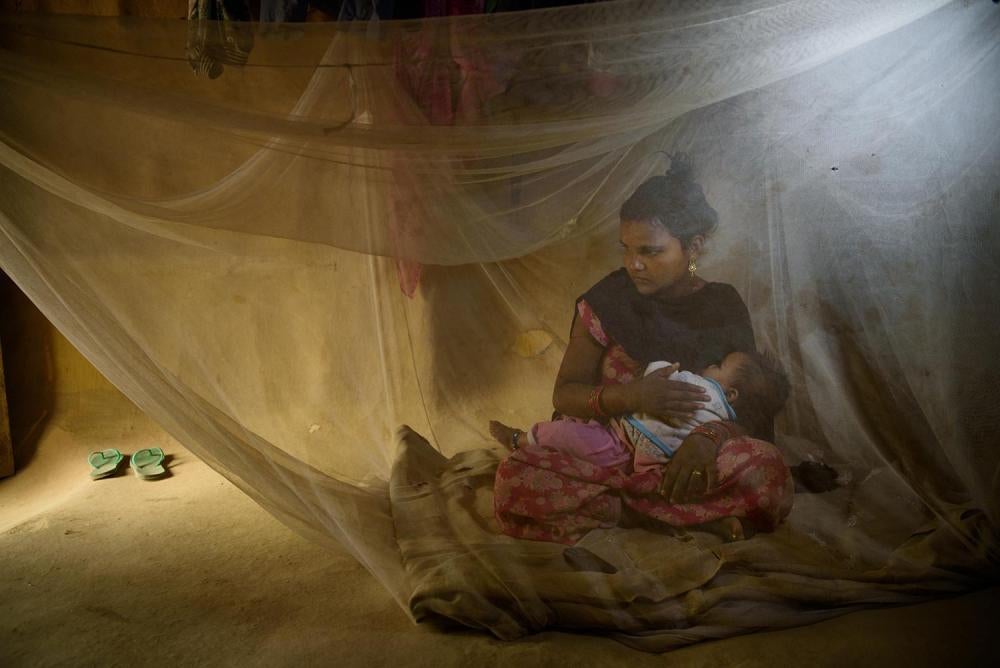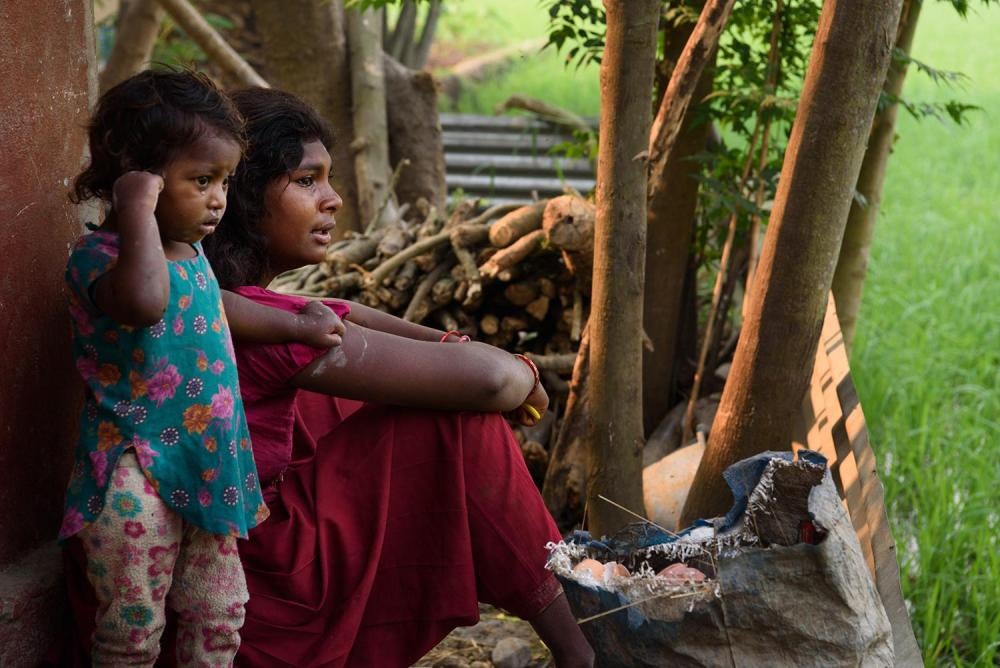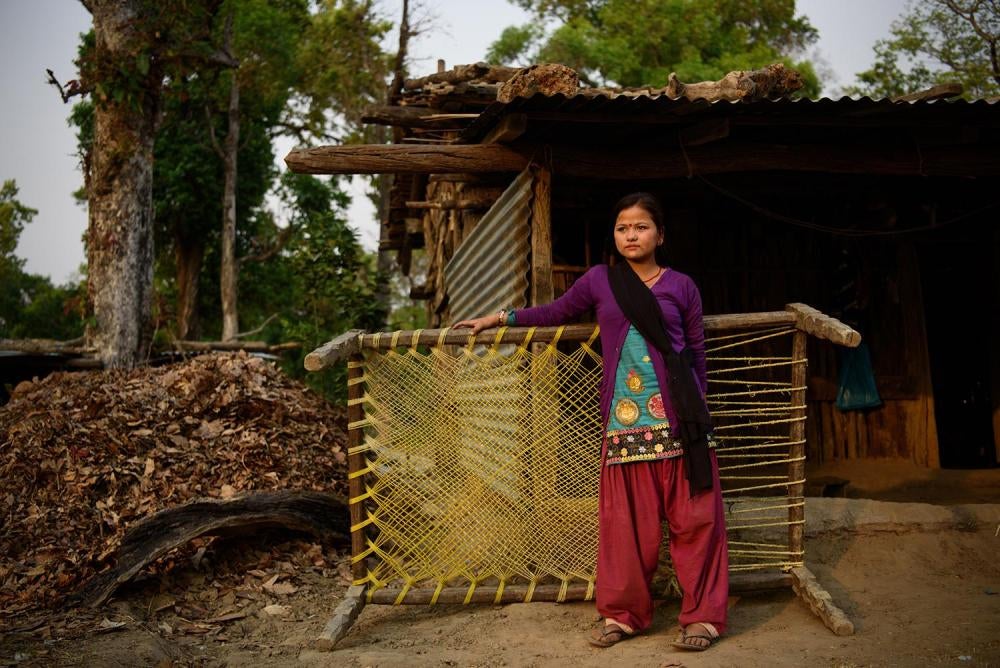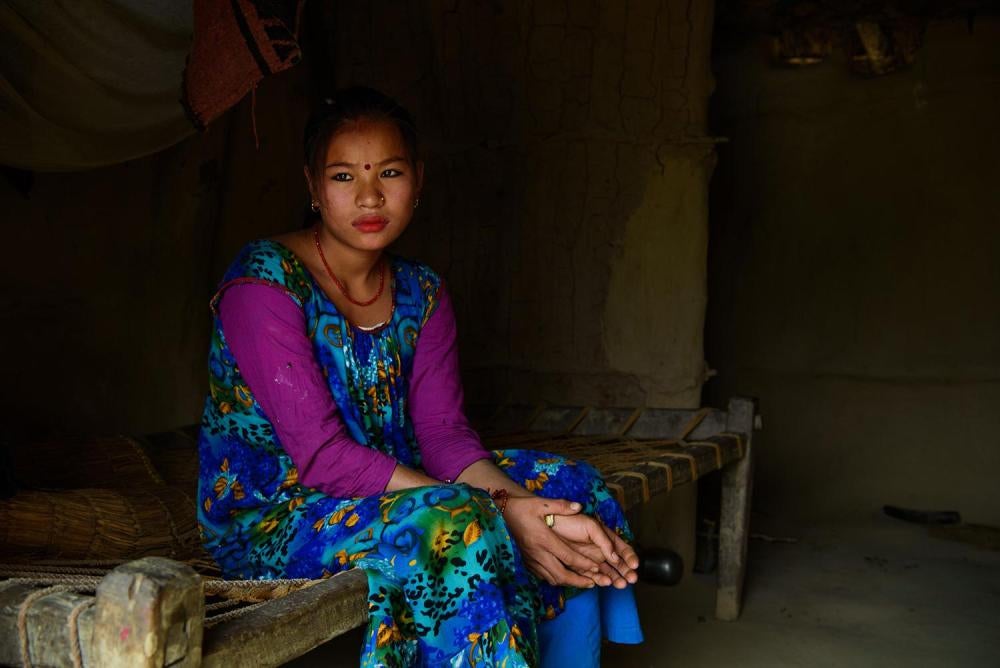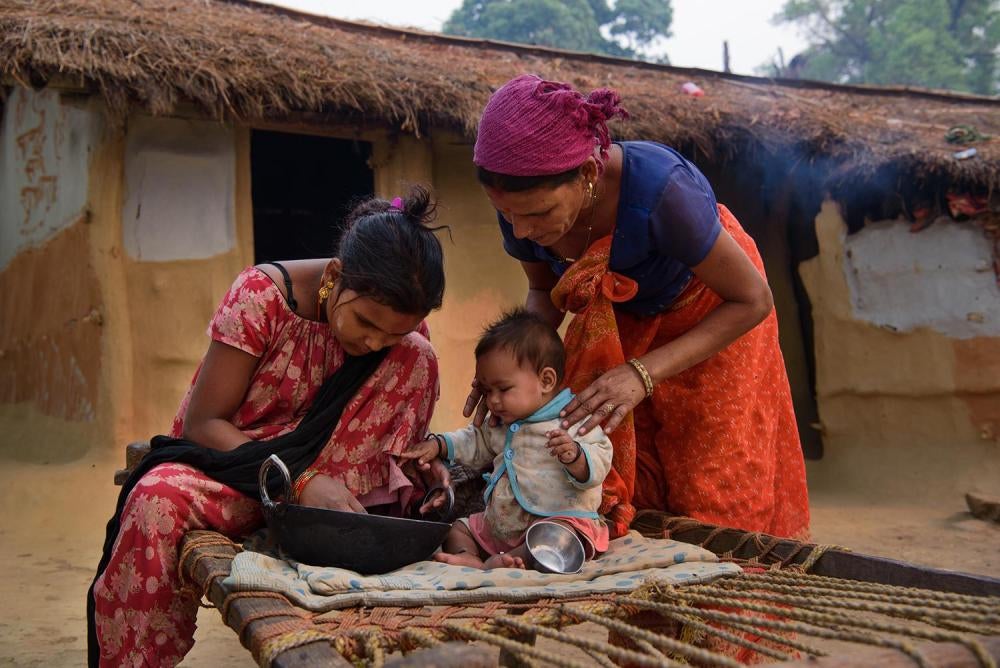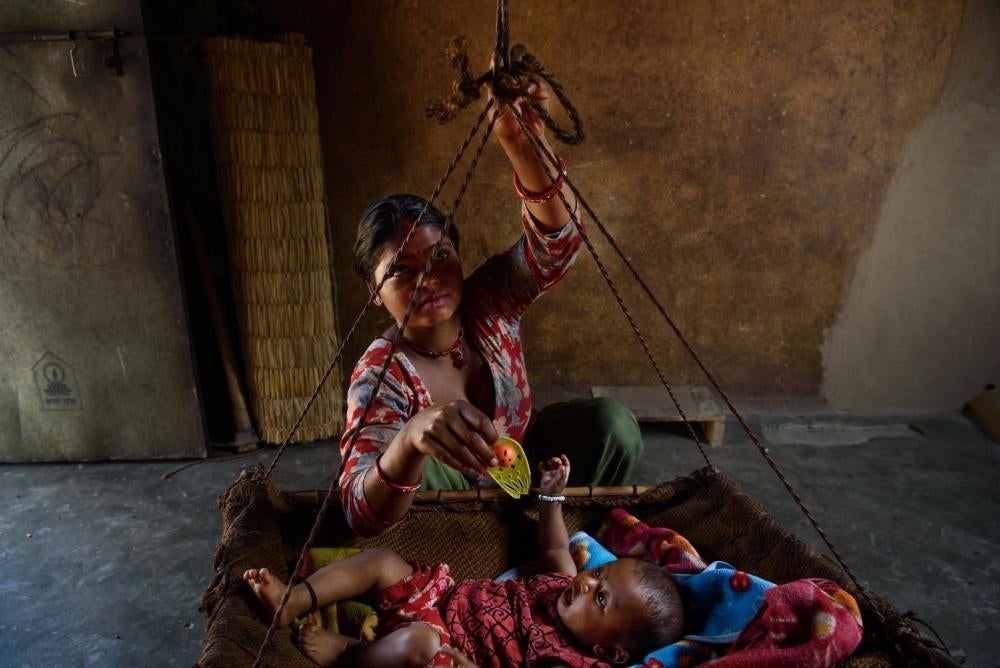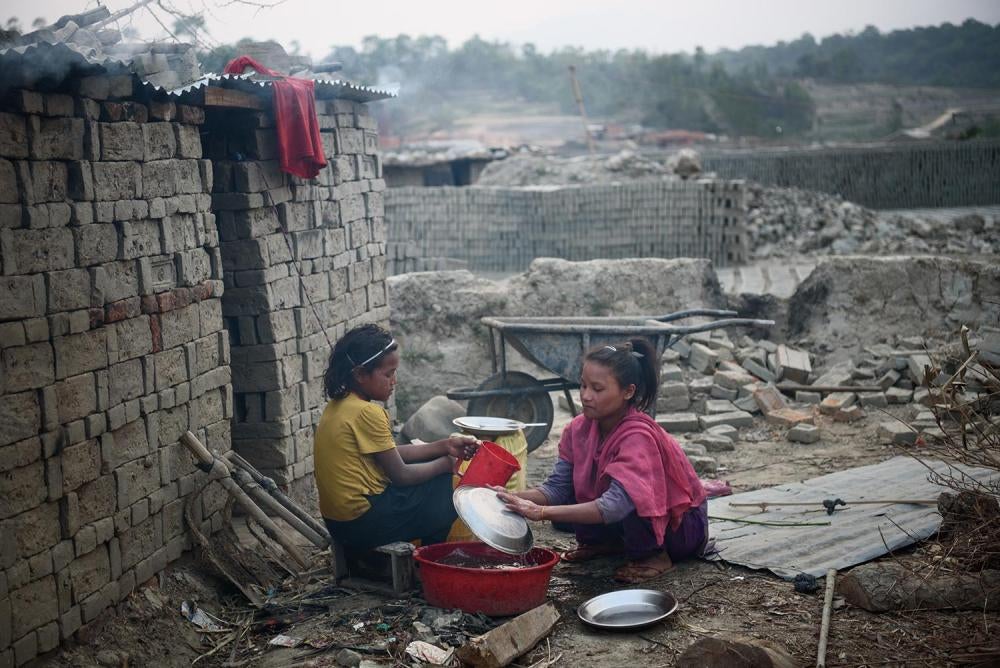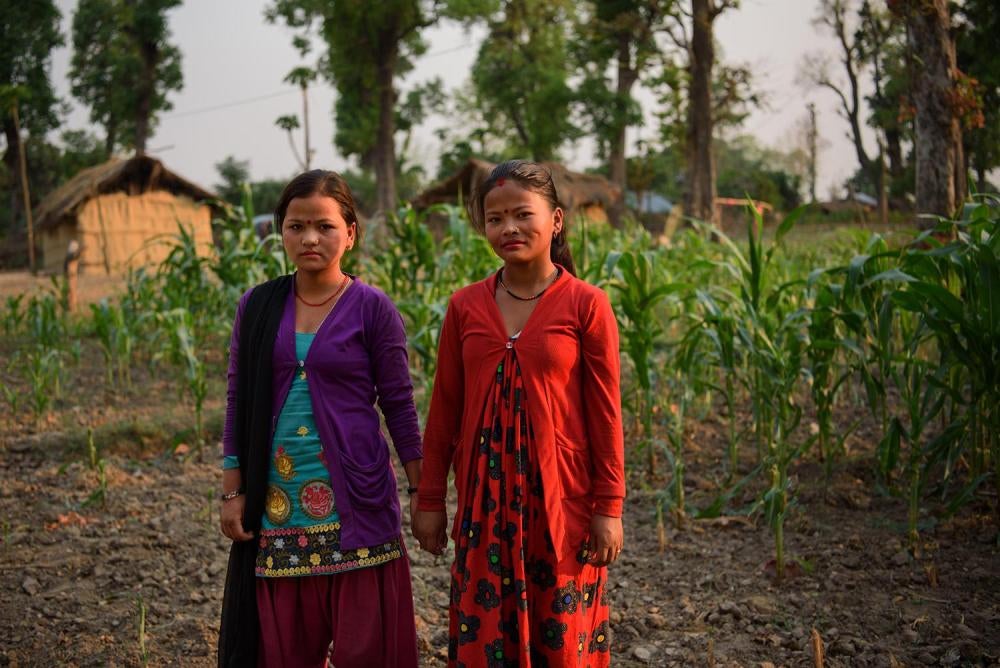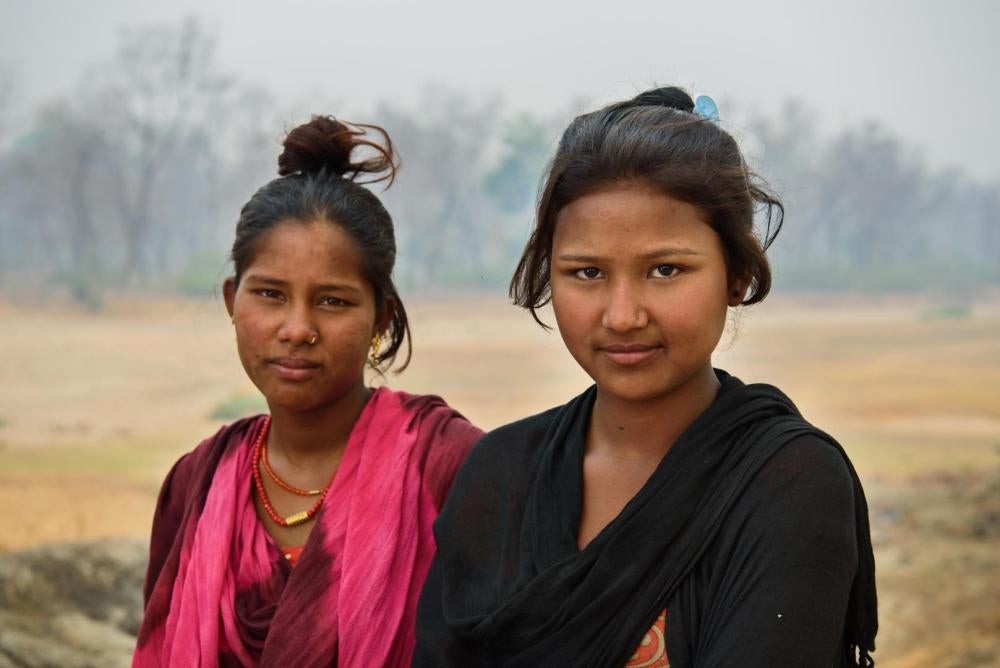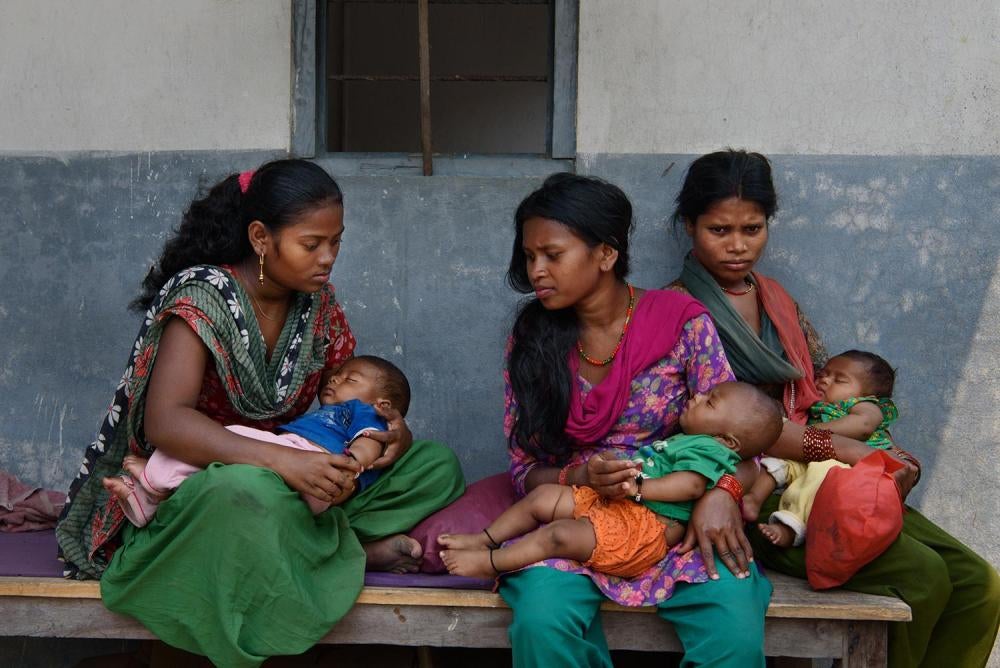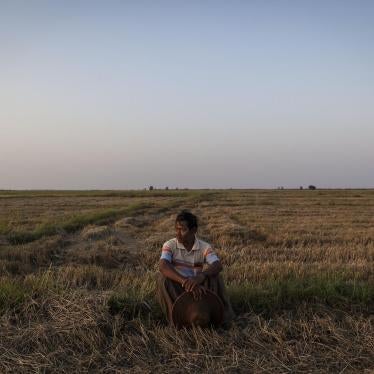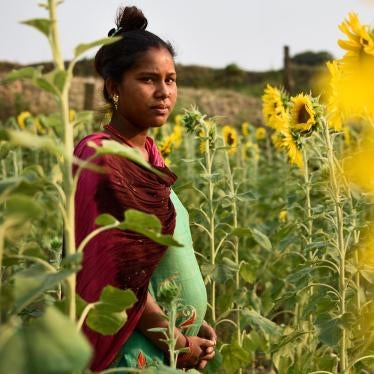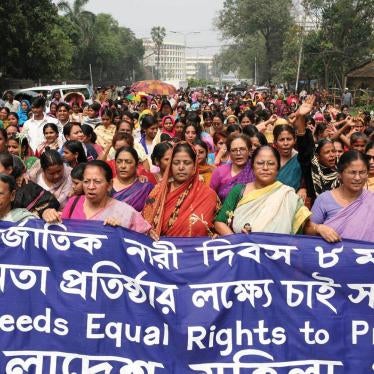“I had three kids. Two died. Only one is alive,” Kamala Kumari Pariyar told Human Rights Watch, sitting in the shade outside her home in Nepal’s southern Terai region. Kamala married at age 13.
She attended school to class three but then dropped out. “My father used to be a fisherman,” she said. “Sometimes we had fish and sometimes we had none, so it was difficult for me to buy notebooks and pencils. So I left school to work.”
Kamala* began working at age 10 as a domestic servant in the home of a wealthier family. Three years later, she had developed a chronic condition in her hands as a result of the work, so her parents told her to leave that job.
Kamala feared her father, who had developed a drinking problem, would send her somewhere else to work that could be more dangerous. She saw marriage to a childhood friend as a means of escape, and her father and brother agreed to the match. She became pregnant almost immediately; her husband and mother-in-law wanted her to have a child.
Kamala’s story is all too common. In Nepal, 37 percent of girls marry before age 18, and 10 percent before they turn 15. Boys also often marry as children in Nepal, though in smaller numbers.
Child marriage in Nepal is driven by a many factors, but chief among them is gender discrimination.
Girls are seen as a burden for their families, in part because convention dictates that girls go to live with and contribute to their husband’s family, while boys stay with and support parents through their old age.
As a result, girls are more likely than boys to be denied education. Girls are more likely to be kept home to do domestic work, rather than study. As they grow up, families may seek to unload girls through marriage.
Poverty increases the risk. Parents who are unable to feed their children, or pay for their education costs, may seek a husband for their daughters simply so that the girls can eat.
In interviews for a new report, “Our Time to Sing and Play: Child Marriage in Nepal,” Human Rights Watch documented how girls are disproportionately likely to be sent out to undertake paid labor, at ages as young as 6. Poor girls lack access to education because they are obliged to work instead of going to school, but also because their families cannot afford associated costs for uniforms, pencil, notebooks, etcetera, even when tuition is free. The government does little to ensure that children actually attend school.
Social pressures, include an expectation in some communities, especially traditionally marginalized ones, that girls should marry soon after they begin menstruating, or even before. This makes child marriage not only accepted but expected in some communities. Lack of access to information about sexual and reproductive health, and access to contraceptive supplies, puts children at risk of a rushed marriage in response to, or in fear of, extramarital pregnancy.
The number of children being married off by their families is gradually falling in Nepal. But there are signs that a growing number of children, like Kamala, are themselves choosing child marriage — sometimes — as a way of coping with dire circumstances.
The harm caused by child marriage is well known. Married children usually drop out of school. Married girls often become pregnant quickly — and are expected to do so. Many suffer serious health consequences as a result of early and closely-spaced pregnancies. Their children also often suffer serious health consequences; infant mortality is more prevalent in cases of early pregnancy. Research globally shows that girls who marry younger are at greater risk of domestic violence, and many of the girls we interviewed described violence and rape they suffered in their marital homes.
There is a unique window of opportunity right now to reduce child marriage in Nepal and elsewhere. Under the new U.N. Sustainable Development Goals, launched at the beginning of 2016, countries around the world have pledged to end child marriage by 2030. The issue is receiving growing attention and growing funding. The Nepal government promised to meet the target of ending child marriage by 2030, and has started developing a plan for reaching that goal.
But progress is much too slow. Ending child marriage will take a lot of work. It will require the Nepal government to strengthen and enforce its own law which makes child marriage a crime. The government will need to figure out how to keep children in school, and end harmful child labor. Nepal’s schools should do better at teaching children about family planning, and its government health services need to do more to offer adolescents access to contraception.
None of this is impossible, but none of it is easy. The government spent several years developing a strategy on child marriage that lays out some good ideas, but it lacks the detail needed to launch work on the ground. A detailed plan is in its earliest stages and moving slowly.
It’s time for a more urgent effort to end child marriage in Nepal. 2030 will be here in a flash, and girls like Kamala have no time to wait.
*not her real name
